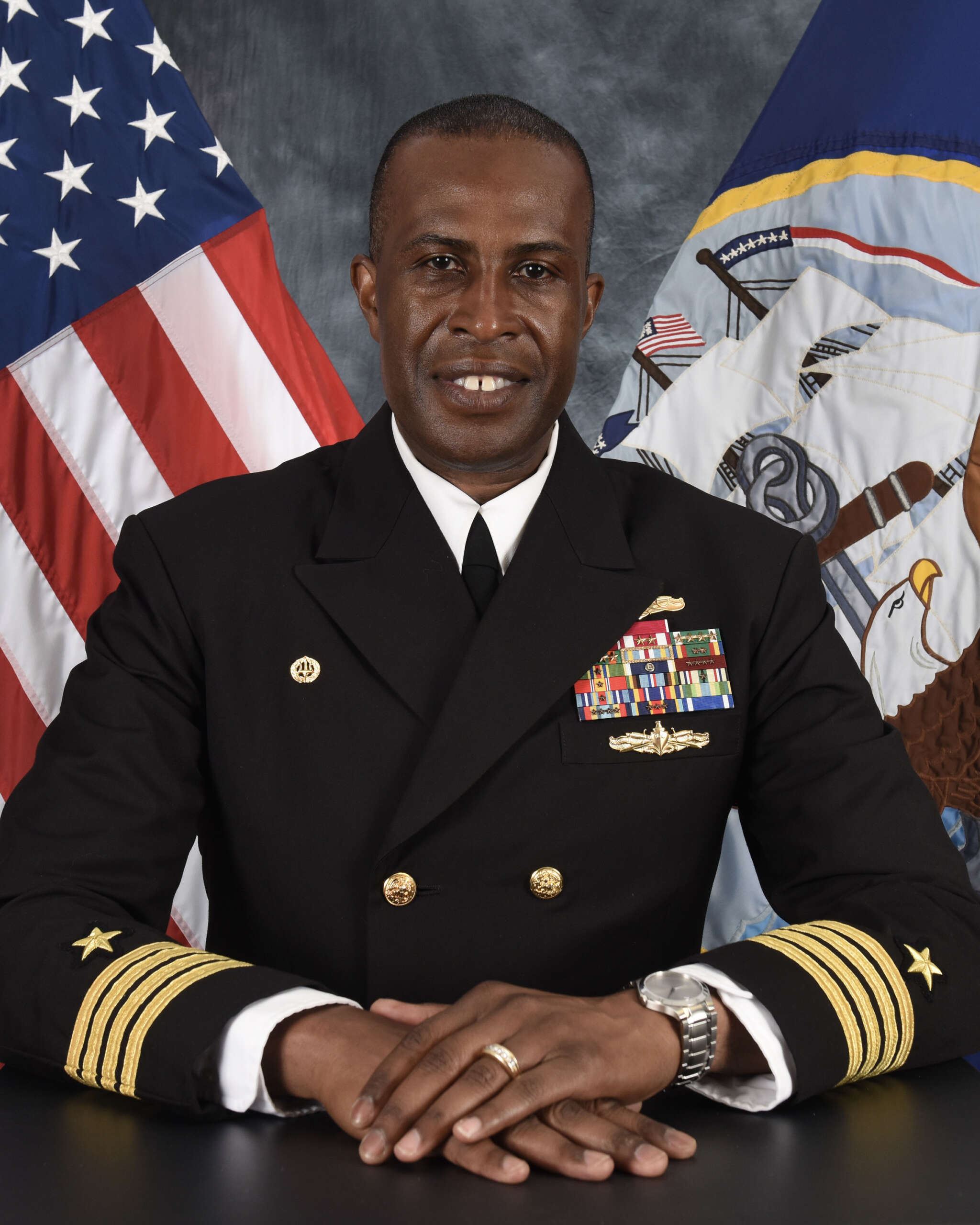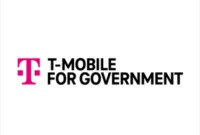Hubbard Radio Washington DC, LLC. All rights reserved. This website is not intended for users located within the European Economic Area.
On Air: Federal News Network

The future of connectivity
On Demand
Are you maximizing the impact of 5G at your agency?
A year ago March, the General Services Administration released a guide to help agencies buy 5G technology. This was a sign industry and agencies were ready to move to this long-promised and highly potential technology.
The guide builds on the other efforts from Capitol Hill, where lawmakers passed the Secure 5G and Beyond Act of 2020, which required the federal government to develop a four-pronged strategy to ensure the security of next generation mobile telecommunications systems and infrastructure. That resulted in the National Strategy to Secure 5G, which details how the U.S. develop, deploy and manage secure and reliable 5G infrastructure.
At the same time, the future of federal networks isn’t just about 5G. Agencies also are considering how to use private networks, and technologies like network slicing and other strategies to support modernizing IT infrastructure, security and the future of connected technologies.
The opportunities for agencies to rethink their approach to their networks comes from the explosion of mobile devices and edge computing as well as the move to the cloud.
For an agency such as NASA, network modernization, including implementing 5G, is a matter of cost, security and improving the experience of their employees.
Jon McAfee, the director of networks and telecommunications at NASA, said the agency is looking at things like software-defined networking across different centers. Then, the agency can build out that infrastructure to integrate with cloud instances.
“We have a thing called the Pegasus barge, and what that is we have the Michoud Assembly Facility, which is the largest assembly facility in the world, down outside of New Orleans, and we transport our rocket boosters from Michoud to the Kennedy Space Center to get them to the vehicle assembly building where we build the rockets up the launch. So what we’ve done on that is we use Starlink for when they’re out in the gulf where they don’t have wireless access. But we installed 5G because it gives them higher data speeds to track the barge when they’re closer to the coast,” McAfee said on the discussion the Future of Connectivity. “We have a lot of different technologies that we’re working with some of this old as you can imagine because a lot of stuff has been in orbit for a while. So we have to mingle the old technologies and with the new technologies, so we can provide faster, more reliable, more secure access to our customer base here at NASA.”
Navy considering 5G tests
Reliability and speed are key factors for the Navy too.
Capt. Kelvin McGhee, the commanding officer of Task Force 1010 at the Naval Network Warfare Command, said while his organization has yet to begin testing or piloting 5G, the time is coming soon.
McGhee said the Naval Network Warfare Command is currently piloting a hyper converged infrastructure, where they are using Starlink as the platform via the internet, and then utilizing a large cloud service provider back on shore.
This test is currently at one shore facility, one aircraft carrier and they recently deployed it to an overseas communications station.
“The discussions [around 5G] have started with the cost of technology and refreshing it, it is definitely something that we’re interested in. One of the ways we’re planning to pilot this is we’re going to start without one larger organizations, our Naval supply systems. They have been in talks about getting a test of a government-only 5G solution as part of the 5G smart warehouse testbed,” McGhee said. “This will help us with the tabulation areas, the data entry areas, the high labor costs and delays with automated processes that enable multifunctional end users components to operate on a stable high capacity network backbone.”
Agencies have been slowly coming around to recognize why a modern network isn’t a “nice to have,” but a critical piece of their overall mission modernization effort.
Benefits of a private network
Jeffrey Neal, the national director of federal sales at T-Mobile for government, said adopting technologies like 5G and private networks will bring cost savings and faster speeds, but, more importantly, it will ensure security of non-classified information.
“We can design and provide a private network for the government. So think about base modernization or think about utilities on base or internet of things solutions for logistics or ship-to-shore communication and automations, all of these things will help the government be more efficient across the board,” Neal said. “We have some use cases, for instance, at Nellis Air Force Base, we actually have a private network so the folks that work on Nellis Air Force Base only have access to this network. But once they leave that private network environment, then their phones will automatically transition over into the public network, which everyone would normally use. Technology has advanced us in so many ways and 5G is just another example of that.”
Neal said Nellis and other bases that have private networks benefit from the efficiencies it brings to things like the flight lines, where the Air Force parks its planes, where they aren’t sharing bandwidth with the public.
McAfee said NASA is facing a similar challenge of how to provide network access to commercial or allied partners without putting them on their core network.
“How do we segregate them out to where they don’t have access to the things they don’t really need access to? How do we segregate them out to where they are only accessing data they create or need access to?” he said. “We have several use cases at different centers where we’re testing commercial rockets or other commercial things.”
McGhee added a modernized network, including 5G, also would benefit the Navy’s recruiting efforts, especially for sailors out to sea.
He said with legacy networks the Navy had to limit when sailors on a ship could use education or personal applications because bandwidth had to be dedicated to mission needs.
“Morale is something that I know we would definitely be interested in. The more I heard about 5G, the more I get excited about it and, and want to see us as a government and the DoD go beyond our nascent stages and start moving up a lot more quickly,” McGhee said.
Learning objectives:
- Current network modernization strategies in agencies
- The roles of private networks and 5G
- The future of mobility
By providing your contact information to us, you agree: (i) to receive promotional and/or news alerts via email from Federal News Network and our third party partners, (ii) that we may share your information with our third party partners who provide products and services that may be of interest to you and (iii) that you are not located within the European Economic Area.
Please register using the form on this page.
Have questions or need help? Visit our Q&A page for answers to common questions or to reach a member of our team.
Speakers

Capt. Kelvin McGhee
Commanding Officer, Task Force 1010
Naval Network Warfare Command
By providing your contact information to us, you agree: (i) to receive promotional and/or news alerts via email from Federal News Network and our third party partners, (ii) that we may share your information with our third party partners who provide products and services that may be of interest to you and (iii) that you are not located within the European Economic Area.




